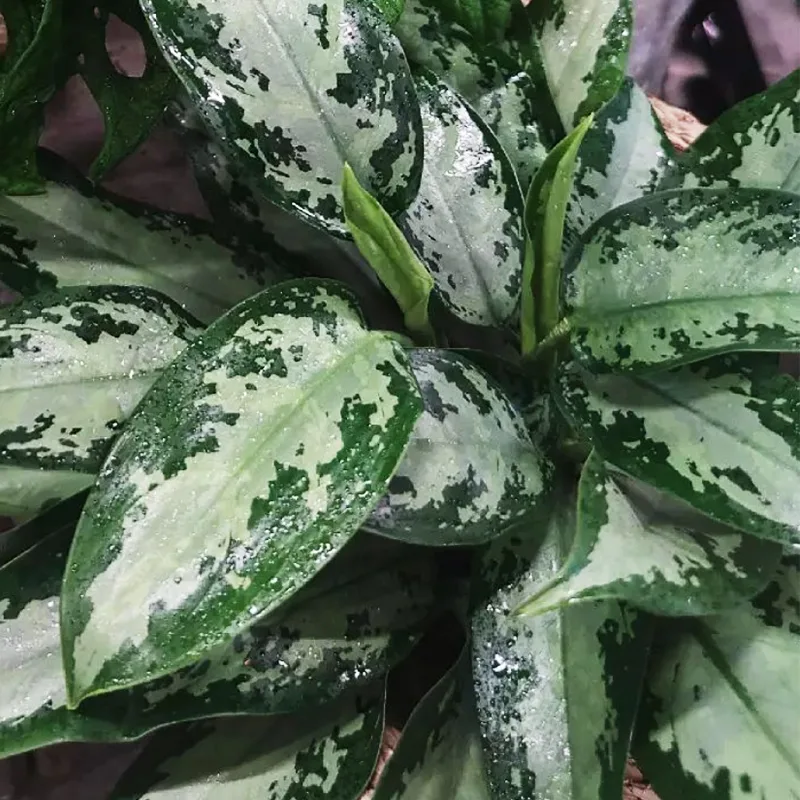Hosta Neptune: A Striking Blue Beauty for Your Shade Garden
As a gardener with a penchant for unique foliage, I was immediately captivated by Hosta Neptune. Its vibrant blue leaves and dynamic form set it apart from the typical green hostas that populate shady corners. But beyond its aesthetics, I wanted to know if this beauty offered practicality. Would it thrive in my garden and hold its own against the resident rabbits and deer? In this article, I’ll delve into the world of Hosta Neptune, exploring its characteristics, care requirements, and suitability for your garden.
31 Species in Genus Hosta
What is Hosta Neptune?
Hosta Neptune is a relatively new cultivar, recognized as the Hosta Growers Association’s Hosta of the Year in 2023. This perennial boasts a clump-forming habit, creating an attractive cascading mound as it matures. The star of the show, however, is undoubtedly its foliage. Unlike its green cousins, Hosta Neptune flaunts stunning, narrow, wedge-shaped leaves with a bright, glaucous blue hue. These leaves are heavily rippled, adding a touch of whimsy and texture to the overall look. As the season progresses, the intense blue mellows to a more subtle blue-green, providing year-round interest.
How to Care for Hosta Neptune?
The good news is that Hosta Neptune is a relatively low-maintenance plant, perfect for busy gardeners like myself. It thrives in partial shade to full shade, making it ideal for brightening up those often-neglected corners of your garden. When it comes to soil, Hosta Neptune prefers moist, well-drained conditions. Amending your existing soil with organic matter like compost can help achieve the desired drainage and provide sustained moisture.
Watering is crucial, especially during the first year of establishment and during hot, dry spells. Aim for consistent moisture without allowing the soil to become soggy. A two- to three-inch layer of mulch around the base of the plant will help retain moisture and suppress weeds.
Hosta Neptune is a slow grower, reaching a mature size of approximately 24 inches tall and 47 inches wide. This slow growth habit makes it a perfect choice for smaller gardens or as an edging plant along shady walkways.
Is Hosta Neptune Rabbit and Deer Resistant?
This is a question I hear frequently from fellow gardeners. Unfortunately, the answer isn’t a simple yes or no. Hostas, in general, are not considered deer-resistant. While deer may not find them particularly palatable, they will readily munch on them if other food sources are scarce. Planting Hosta Neptune in a location less frequented by deer or incorporating deer repellent can offer some protection.
When it comes to rabbits, the news is a bit better. Hosta Neptune’s thick, rippled leaves offer some degree of resistance. However, young, tender growth can still be tempting to these furry nibblers. Planting Hosta Neptune in containers or surrounding it with rabbit-resistant plants can provide additional protection.
How to Propagate Hosta Neptune?
If you’d like to expand your Hosta Neptune collection, propagation is a rewarding option. The most common method is division, which can be done in early spring or fall. Simply dig up the mature clump and carefully separate it into smaller sections, each with a healthy bud or eye.
Here’s a tip: use a sharp spade to ensure clean cuts and minimize damage to the root system. Replant the divisions in prepared soil, water them thoroughly, and keep them well-mulched until established.
What to Plant With Hosta Neptune?
Hosta Neptune’s vibrant blue foliage pairs beautifully with a variety of shade-loving plants. Consider incorporating ferns like Japanese Painted Fern (Athyrium niponicum) or Maidenhair Fern (Adiantum) for a lush, textural contrast. Heuchera, with its colorful foliage in shades of purple, red, and green, adds a vibrant pop of color.
For a touch of elegance, consider planting Hosta Neptune alongside white or pale pink flowering plants like Astilbes or Brunnera macrophylla (Siberian Bugloss).
Conclusion
Hosta Neptune is a captivating addition to any shade garden. Its unique, vibrant foliage adds a touch of drama and whimsy. With its relatively low-maintenance requirements and slow growth habit, it’s a perfect choice for busy gardeners or those with limited space. While not completely rabbit and deer-proof, some strategic planting and deterrents can help keep these nibblers at bay. So, if you’re looking for a shade-loving perennial that offers year-round interest and undeniable wow factor, Hosta Neptune is definitely worth considering for your garden.
If i die, water my plants!



